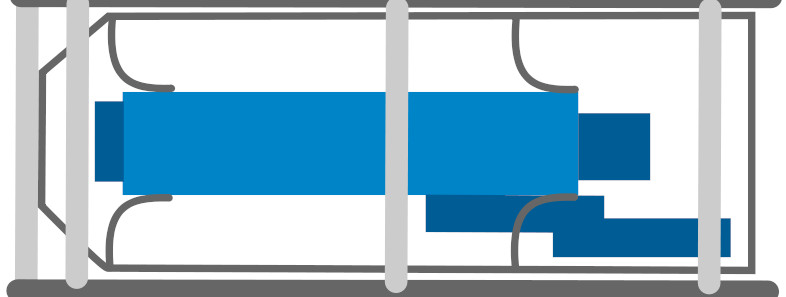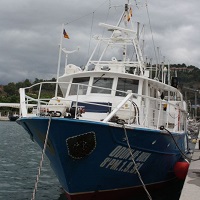Keyword
Raw fluorometer output
159 record(s)
Type of resources
Categories
Topics
INSPIRE themes
Keywords
Contact for the resource
Provided by
Years
Formats
Status
-

CTD data with non calibrated pH, fluo and lght SBE25
-

CTD data with non calibrated pH, fluo and lght SBE25
-

Abundance indices, distribution patterns and faunal assemblages of demersal species in the Flemish Cap bank, together with the possible driving factors of their distribution. This survey belongs to the research project: “Biología Pesquera pesquerías Lejanas”. This Project is partly funded by the DCR of the EU and the Education and Science Spanish Ministery. The main objectives of the above mentioned project related with this survey time series are: a) to obtain abundance indices of the main exploited species in the Flemish Cap bank; b) to estimate the strength of yearly recruitments of these species and their distribution in the bank. c) to study the structure and distribution o the demersal and benthic communities in the area.
-

This survey covers the international NAFO Regulation Area in divisions 3NO. It started in 1995 with the only purpose of collecting data for stock assessment of target species down to 700 m, but its aims and research area have widened with time. Currrently, the survey covers a depth range of 50-1500 m and its goals are the following: 1. Regarding the target species (Hippoglossoides platessoides, Limanda ferruginea, Reinhardtius hippoglossoides, Glyptocephalus cynoglossus, Gadus morhua, Sebastes sp, Macrourus berglax, Centroscyllium fabricii and Raja radiata) and other species of commercial interest (Urophycis tenuis; Pandalus borealis) : a. to obtain biomass and abundance indexes, b. to estimate recruitment, c. to investigate the population structure To achieve this, biological information (length, weight, sex, maturity, stomach contents) is obtained from about 30 species, as well as otoliths and gonads from cod, Greenland halibut and roughead grenadier. The remaining fish and commercial invertebrate species are length measured and weighted. 2. Collection of oceanographic data (temperature, salinity, oxygen and fluorescence); 3. Invertebrate data collection: all species are identified to the maximum possible level on board, or otherwise photographed and preserved for later examination at the lab, counted and weighted, with the aim of investigating the benthic invertebrate faunal assemblage and presence of vulnerable species
-

CTD
-

CTD
-

CTD
-

CTD
-

CTD
-

CTD
 Catálogo de datos del IEO
Catálogo de datos del IEO